Safeguarding in Sport Online Training
This safeguarding in sport course is suitable for anyone who works with children, young people and vulnerable adults in a sport setting. This could include PE teachers, sport coaches and many other job roles. By completing the course you will understand what is meant by safeguarding in sport, how to identify the signs of abuse and neglect and much more.
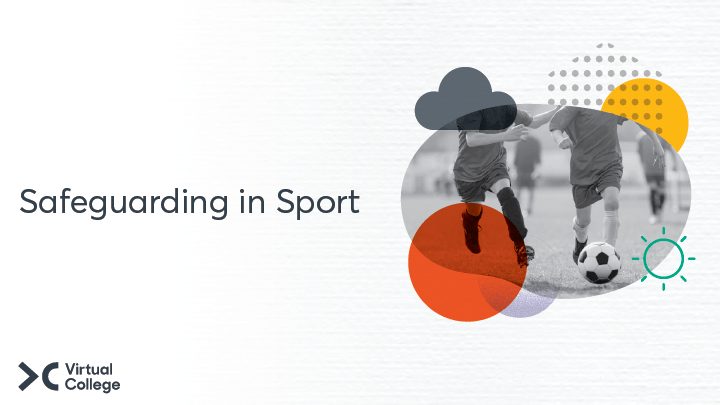
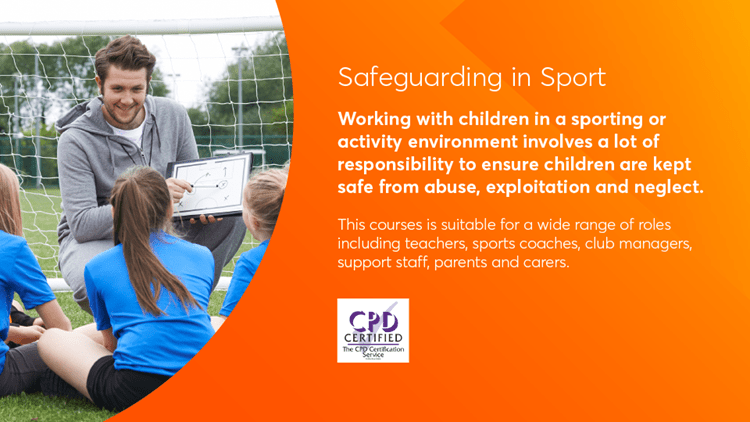
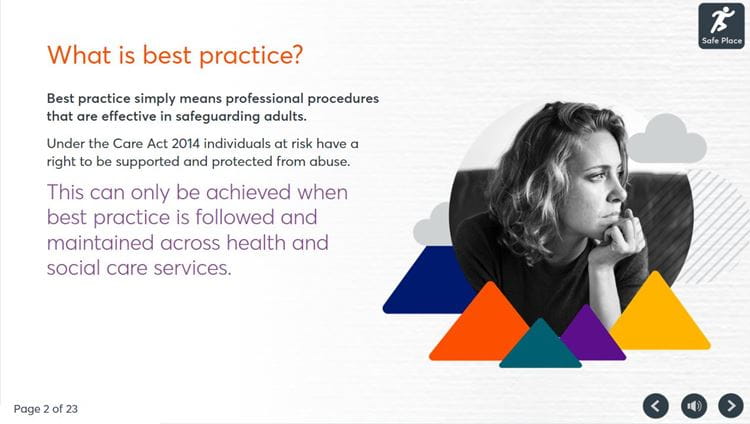
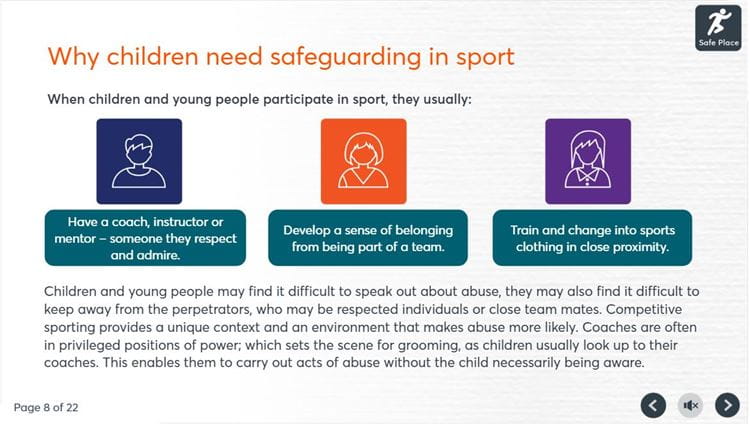




Course Overview
Format
- Intermediate
- 10-11 Study Hours
- Online Study
- Self-Printed Certificate
Accreditation
- 2 CPD Points
- CPD Certified
Course description
Ensuring you understand your roles and responsibilities in protecting children in a sporting environment is crucial for anyone who works with children.
Its essential that anyone who may come into contact with children has up-to-date safeguarding knowledge and can identify the signs and symptoms of abuse or neglect
This course covers information for Safeguarding in Sport. It introduces safeguarding as a topic, covering jargon, multi-agency working and best practice, as well as how to identify the signs and symptoms of abuse and what you should do if you suspect an individual is being abused or discloses information.
The content also covers national and local context, whistleblowing and focuses on your role and what you can do to recognise and reduce the likelihood of abuse, in general and with reference to sport in particular.
Why take this safeguarding in sport training course?
It is a statutory requirement for anyone who works with children, young people or adults to have up-to-date knowledge of safeguarding policies, legislation and guidance so they can proactively focus on keeping them safe from harm and maintain the ability to act on any concerns about their safety and welfare.
This course looks at safeguarding with regard to sport and includes the following:
- An overview of safeguarding, generally and with specific regard to sport
- Serious case reviews and Bichard reports
- The latest legislation and guidance
- Multi-agency working, jargon and key terms
- National and local contexts
- Types of abuse and recognising abuse, including bullying and neglect
- Signs and symptoms of abuse
- Reducing the likelihood of abuse
- Whistleblowing
- How to deal with suspected/disclosed abuse
- Record-keeping and recording
Our online training uses immersive real-world scenarios to help learners absorb more information and will enable them to apply the techniques and learning into their workplace.
What courses can I do next?
Safeguarding training is essential so that your knowledge is fully up to date to enable you to protect those you are directly responsible for.
Our popular Safeguarding Children Level 2 and 3 courses would be perfect to expand your safeguarding expertise.
You will learn
- Explain what is meant by safeguarding in sport
- Explain the profound impact some well-known cases of child abuse and neglect have had on legislation
- Outline key cases that have led to an awareness of abuse in sports
- Explain the importance of multi-agency cooperation
- Explain the actions that sports organisations should take to promote good safeguarding practice
- Outline the principles that underpin good safeguarding practice in general and with specific reference to sport
- Describe what you need to do if a child makes a disclosure or if you suspect abuse
- Explain what whistleblowing is, what it is not and why it is important
- List the signs and symptoms of the different types of abuse
Who is it for?
Roles including:
- Administrators
- Reception staff
- Coaches
- Club leaders
- Teachers
- Teaching assistants
Safeguarding in Sport FAQs
-
What are examples of safeguarding issues in sports?
There are many different types of abuse that children might experience – they may experience only one type, or more than one at the same time. Abusers may be family members, family friends, other young people, caregivers, volunteers, or sports coaches – both male and female. Abuse which they may encounter in a sports setting in particular includes: Emotional, physical and sexual abuse, grooming, neglect and peer-on-peer abuse
Abuse can take place across any type of sport, as has become apparent in recent years, with a number of athletes speaking out about their experiences. You can find out more about the signs that abuse is occurring in our article here.
-
What is duty of care and negligence in sport?
Duty of care means that everyone adheres to a standard of reasonable care while performing any acts that could potentially harm others. You take responsibility for the physical and emotional safety of everyone in your care. The tort of negligence occurs when someone breaches a duty of care they owe to someone else. You can learn more here.
-
What is the safeguarding of adults in sport framework?
The safeguarding of adults in sport framework is based on safeguarding adult legislation and current policy development in sport and physical activity.
It supports robust policies, procedures and governance that should be in place regarding safeguarding adults. It also helps provide a way forward for supporting decision-making and rights for adults who may be at risk of harm or abuse.
The Framework is endorsed by Sport England and UK Sport. It supports Sport England’s “Uniting the Movement” – the 10 year vision to transform lives and communities through sport and physical activity.
-
Why is it important to safeguard children in sport?
Safeguarding in sport means protecting children and young people from abuse, preventing harm and promoting their wellbeing. For sports clubs and organisations this means having effective safeguarding policies and procedures and codes of conduct for sport. For more on safeguarding in sports, see here.
How the online courses work
-
Find a course
To begin searching for your online training you can click on the course category section on our website and browse through all of our training categories.
Alternatively if you already know the title of the training you’re looking for you can use the search bar located in the centre of the homepage and go directly to the course you want.
-
Buy the course
When buying one of our courses, you will need to enter a valid email address which will be used to create your account with our Learning Management System – Enable – where you will take the training. We will also send your purchase receipt to this email address, and any additional courses purchased in future using the same email address will be added to your system account.
Once you have purchased a course, you will be able to send this course to other people using your system account with Enable by entering the new learner’s email address so that they may access the training and set up their own system account with our Learning Management System.
If you are not 100% satisfied with your course then we offer a 30-day, no hassle money-back guarantee. To request a refund, you should email our learner support team with your receipt stating why you would like to be reimbursed. You, or your learners, must not have completed the training in order to make a valid refund claim. Any claim made after the training has been completed will be invalidated.
-
Take the course
This online course consists of a series of pages in which an instructor will talk learners through the lesson material. Pages may include supporting pictures, graphs, animation or extra sounds to help with the learning where appropriate. Some lessons will include challenges/quizzes to help learners stay engaged and interested in the material. Lessons can be taken in any order and each lesson may be paused and resumed at any stage.
The course is self-paced so learners decide how fast or slow the training goes. There is no deadline for completion but some of our courses have a test at the end to check that learners have understood the material. If the course has a test at the end then learners are required to achieve a 75% pass mark to successfully complete the course. Once learners have passed the test they are awarded a certificate, which can either be downloaded digitally or sent as a physical copy if this option was chosen when purchasing the course.
-
Your Certificate
Upon completion of any of our courses, learners will be able to download a digital certificate from Virtual College which will include the accrediting bodies logo where applicable, the learner's name, the title of the course and the date of completion.
If you have purchased the posted certificate option, available on selected courses, a high quality, seal embossed, certificate will be sent out the following working week after completion.




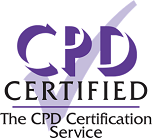
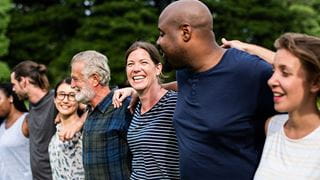

/e-safety-.jpg?mw=320&hash=A9FCF6B70F32AD3EA74633373FF0213B000F75FF)











